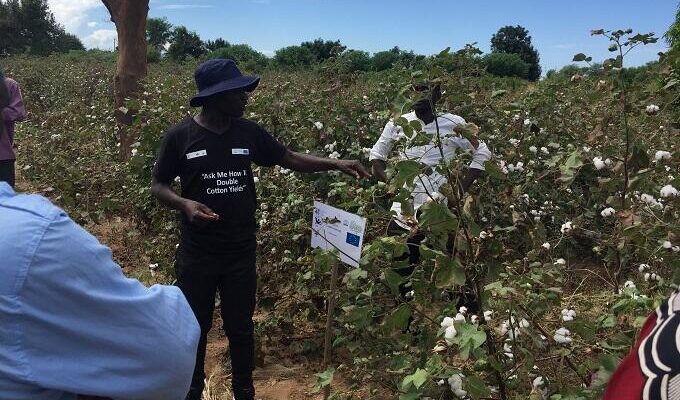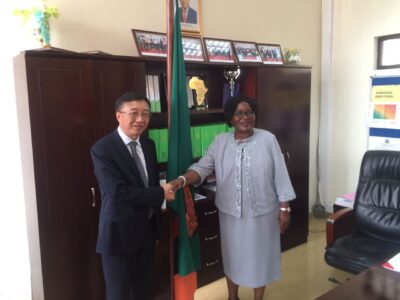The cotton sector has seen a reduction in production and low yields due to low prices and a lack of quality seeds, according to TrustAfrica’s Programme Manager, Bethule Nyamambi.
Nyamambi pointed out that lack of a harmonised seed policy in the region prevented the free movement of seeds across the borders.
She indicated that low yields had resulted in low incomes, which had impacted the livelihoods of smallholder cotton farmers.
She said this at the Cotton Supply Chain and Trade Regional Multi-stakeholder workshop in South Africa recently to discuss issues affecting the sector.
Themed “Building collective action for a sustainable, inclusive, and equitable cotton and textiles sector in Africa,” the workshop brought together 35 participants from Eastern and Southern Africa countries- Zambia, Mozambique, and Ethiopia.
“The challenges facing the cotton sector have also caused smallholder farmers to ditch the crop and venture into other crops which have higher returns such as tobacco, maize, soya, and sesame,” Nyamambi said.
At the same workshop, Cotton Association of Zambia Executive Director John Ngwenyama, encouraged farmers to speak with one voice to ensure they did not have contrary opinions.
Read more: Zambia picked as secretariat for Eastern, Southern Africa Cotton Organization
“Cotton production still provides the most significant opportunity for smallholder farmers to engage in cash cropping. However, unacceptable low yields which average between 300-400 kg/ha depending on climate conditions are a major constraint” he said.
Meanwhile, Solidaridad Southern Africa Head of programmes, Humphrey Nxumalo, said by the end of 2025 the private sector would be committing to the developed policies that advanced value addition and women inclusion.
He emphasised that need to prioritise on increasing productivity, having certified seeds and increasing access to market.
Director of the United Nations Economic Commission for Africa (UNECA), Said Adejumobi, noted that the accelerated decline of the cotton/textile sector, coupled with deepening poverty gave rise to a new phenomenon – the massive inflow of second-hand clothing into African countries.
Adejumobi said second-hand clothing had become a multi-billion-dollar industry, with major advanced countries as the source of those clothes.
“In 2015, it was estimated that the value of imported second-hand clothes was no less than US$151 million, while two countries from the West exported over US$1 billion of second-hand clothes,” he said.
WARNING! All rights reserved. This material, and other digital content on this website, may not be reproduced, published, broadcast, rewritten or redistributed in whole or in part without prior express permission from ZAMBIA MONITOR.












Comments